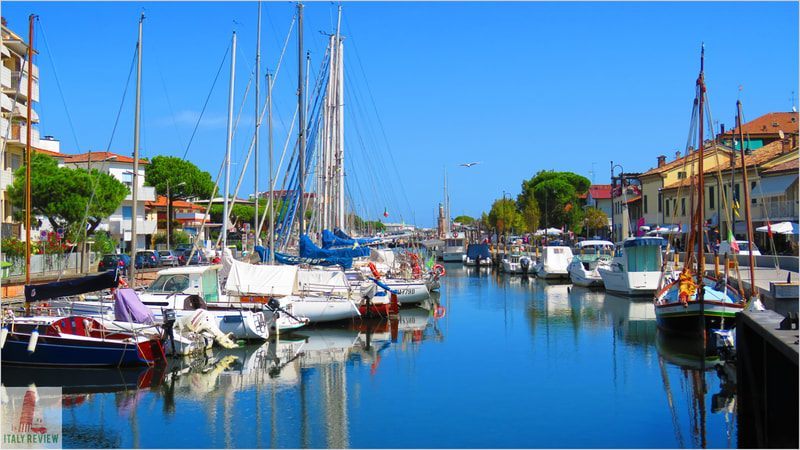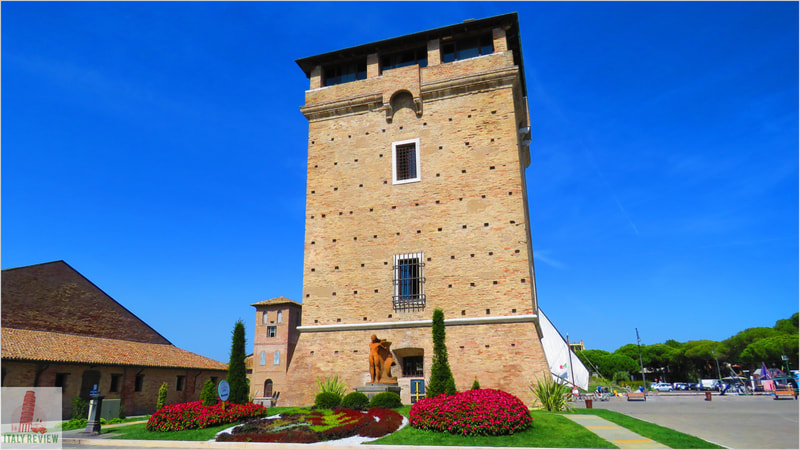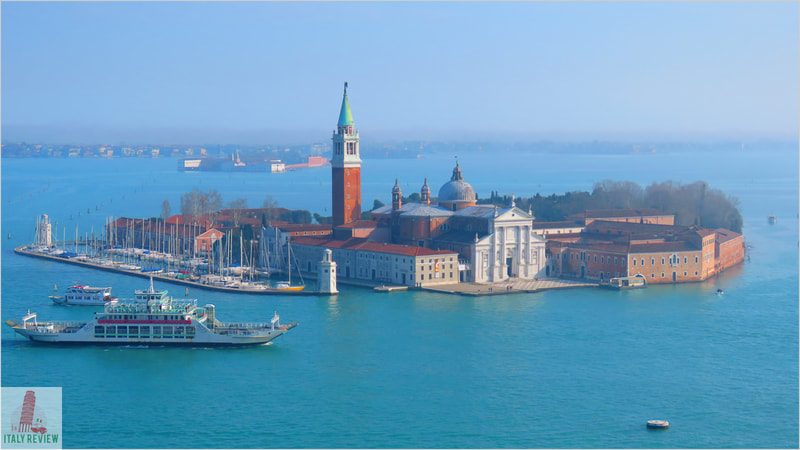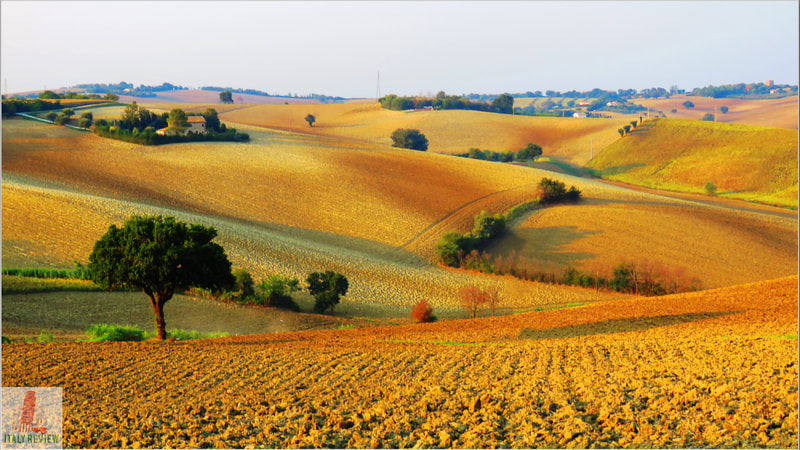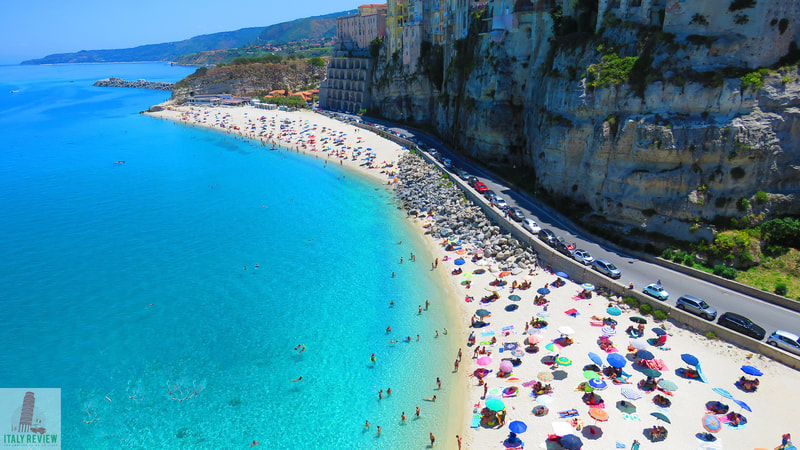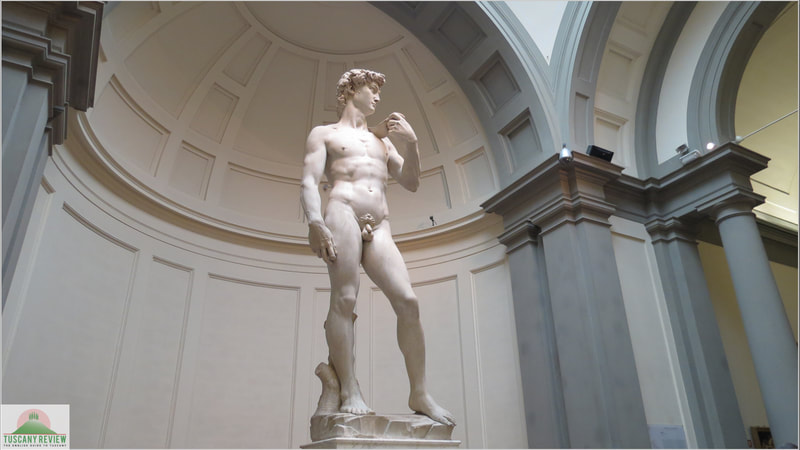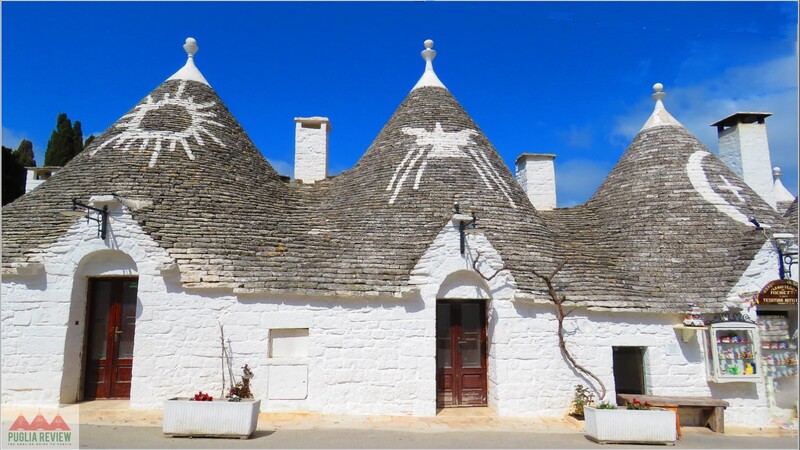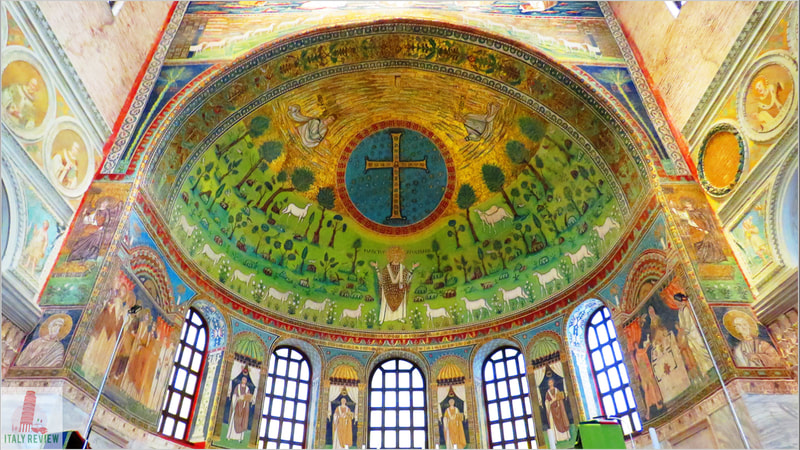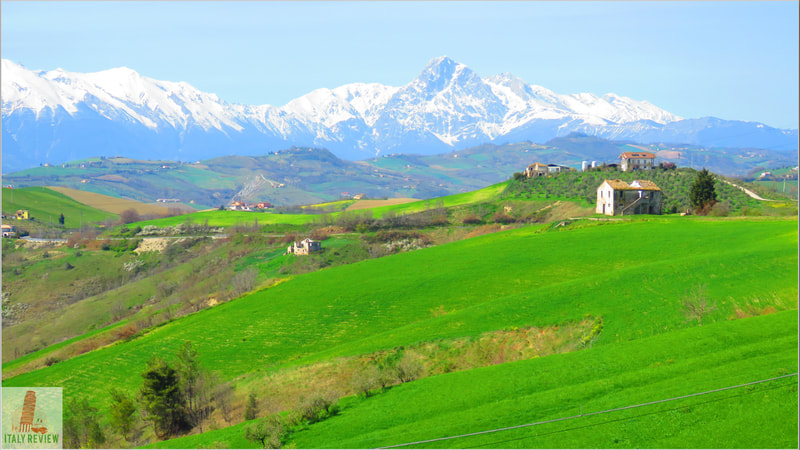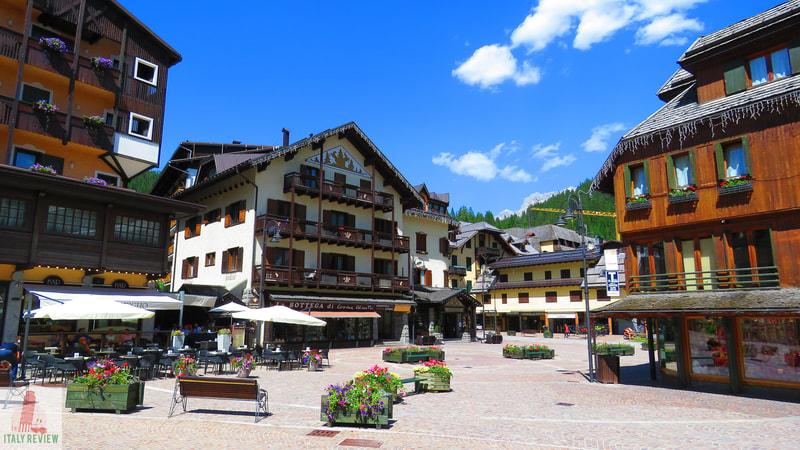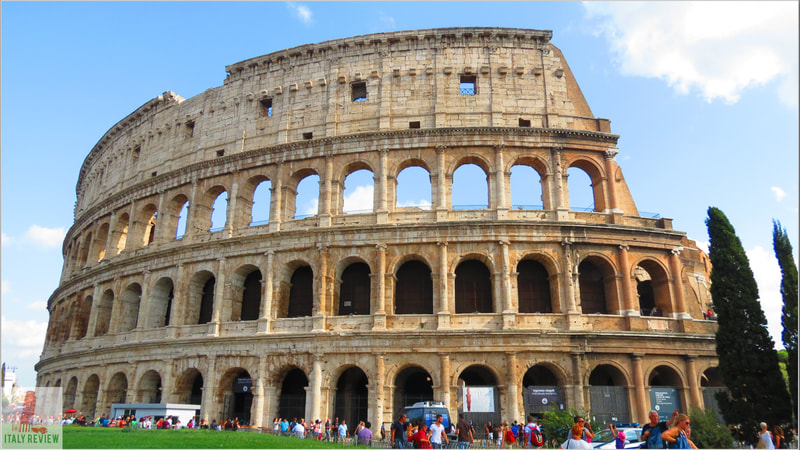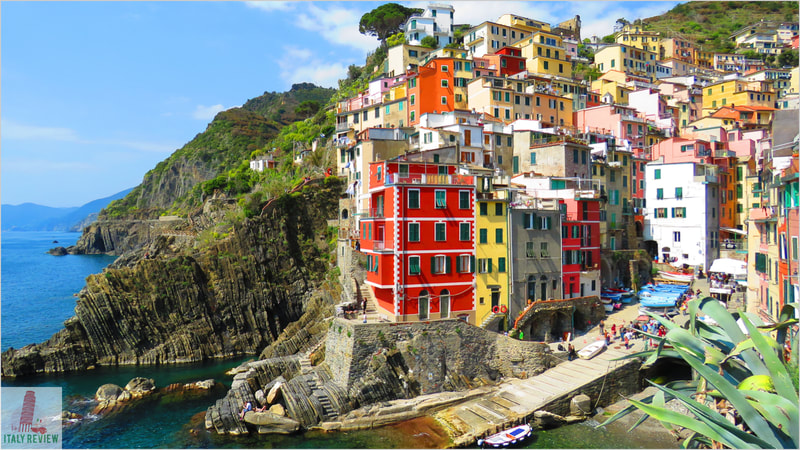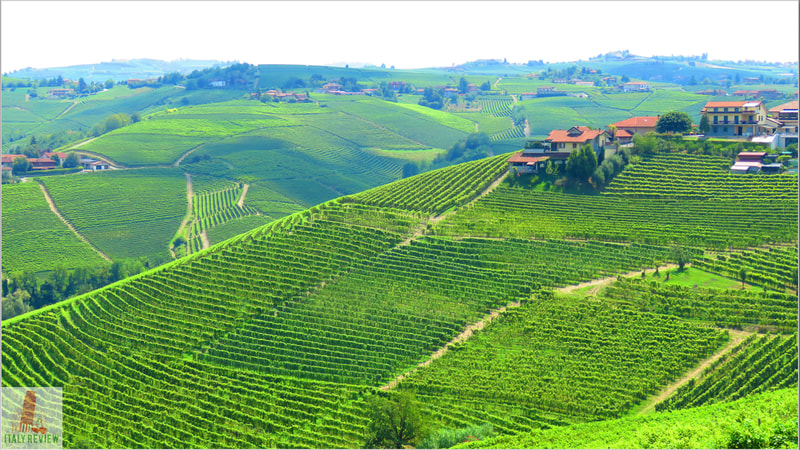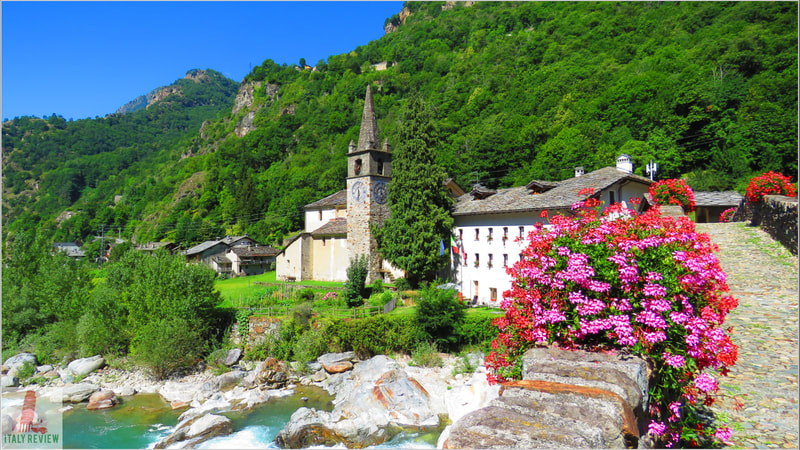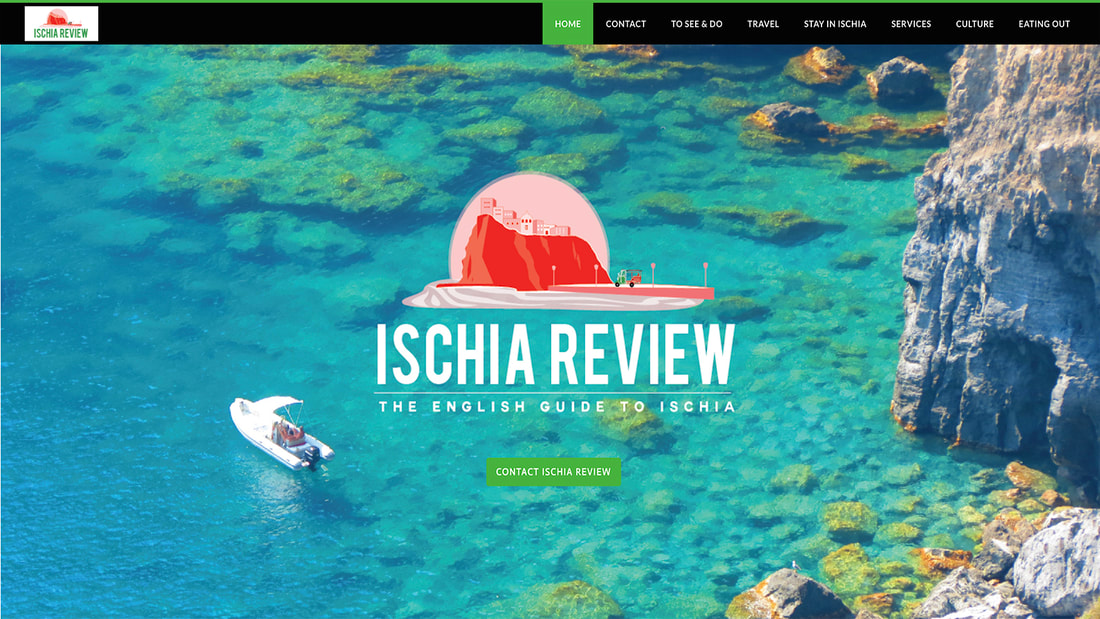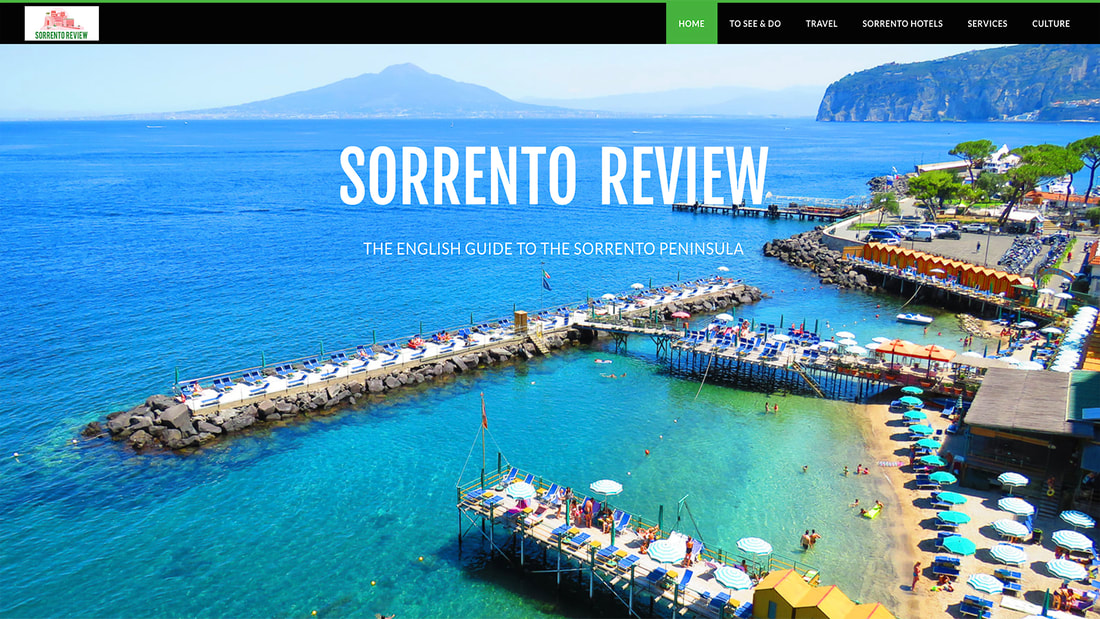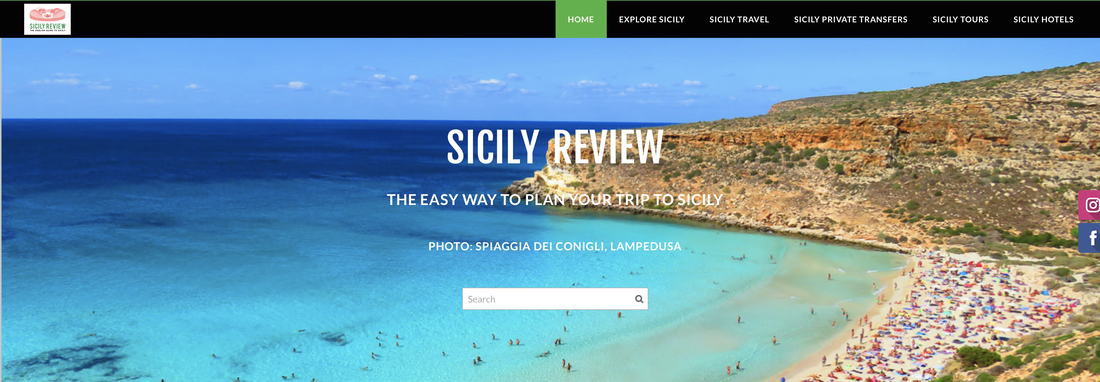Cervia
|
By Dion Protani
|
Latest update: 28 November 2023
|
|
The seaside town of Cervia is situated within the Province of Ravenna and has a population of 28,819 inhabitants.
Cervia's main attractions are its long sandy beach while the town centre can boast the imposing Torre San Michele watchtower which sits on the banks of the Cervia Canal. The rest of the town centre is characterised by elegant boulevards and piazzas. |
Related links
Profile
Cervia is a beautiful coastal town located in the Emilia-Romagna region of northern Italy. Situated along the Adriatic Sea, Cervia is renowned for its long sandy beaches, historical heritage, and salt pans that have been in operation for centuries.
History
Cervia's history dates back to ancient times when it was known as Ficocle, an Etruscan settlement. The town's strategic location near the salt pans made it a valuable trading center during Roman times. Over the centuries, Cervia was ruled by various noble families, including the Malatesta and the Este.
The salt pans, which are still in operation today, played a crucial role in the town's economy and contributed to its historical significance. Today, Cervia is a popular tourist destination known for its beautiful beaches and rich cultural heritage.
The salt pans, which are still in operation today, played a crucial role in the town's economy and contributed to its historical significance. Today, Cervia is a popular tourist destination known for its beautiful beaches and rich cultural heritage.
Highlights and nearby attractions
- Cervia's Beaches: Enjoy the long sandy beaches and crystal-clear waters along the Adriatic Coast. Cervia's beaches offer various facilities, including beach clubs, water sports, and sun loungers.
- Salt Pans: Visit the historic salt pans of Cervia, also known as "Saline di Cervia," which have been in operation for over a thousand years. Learn about the traditional salt harvesting methods and the historical importance of this industry.
- Cervia Old Town: Explore Cervia's charming historical center, with its narrow streets, ancient buildings, and bustling squares. Don't miss the main square, Piazza Garibaldi, and the beautiful Cathedral of Santa Maria Assunta.
- Natural Reserves: Discover the nearby natural reserves, such as the Po Delta Park and the Cervia Natural Park, which offer opportunities for birdwatching and nature walks.
- Cervia's Events: Experience local traditions and culture by participating in festivals and events that take place in Cervia throughout the year, such as the Pink Night, a popular summer event along the Riviera Romagnola.
- Local Cuisine: Savour the traditional Emilia-Romagna cuisine in Cervia's restaurants and trattorias. Taste regional specialties such as piadina, seafood dishes, and local wines.
Comune di Cervia
|
Province: Ravenna
Region: Emilia Romagna Population: 28774 (source: ISTAT 1 January 2022) Size: 82 km² Highlights: beach, Torre San Michele Water quality: Blue Flag Beach 2021 - 2022 Close by: Cesenatico, Bellaria, Cesena, Forlì, Rimini, Riccione Recommended accommodation: Hotel Conchiglia |

